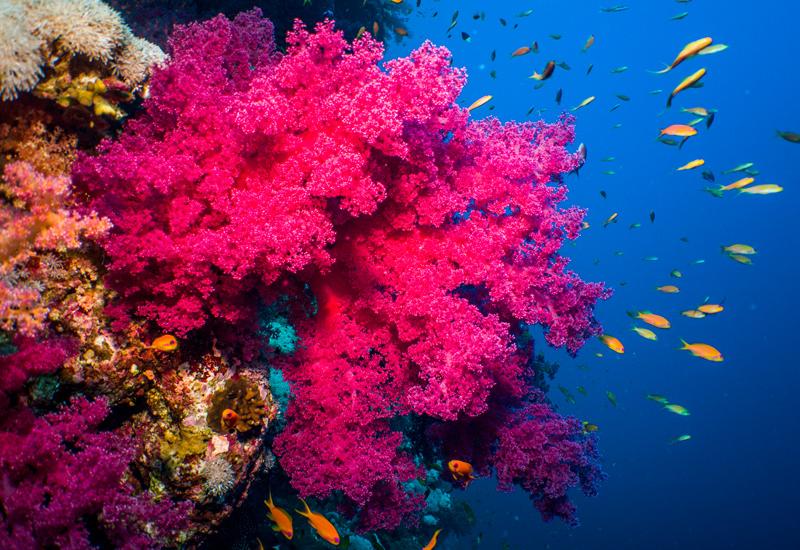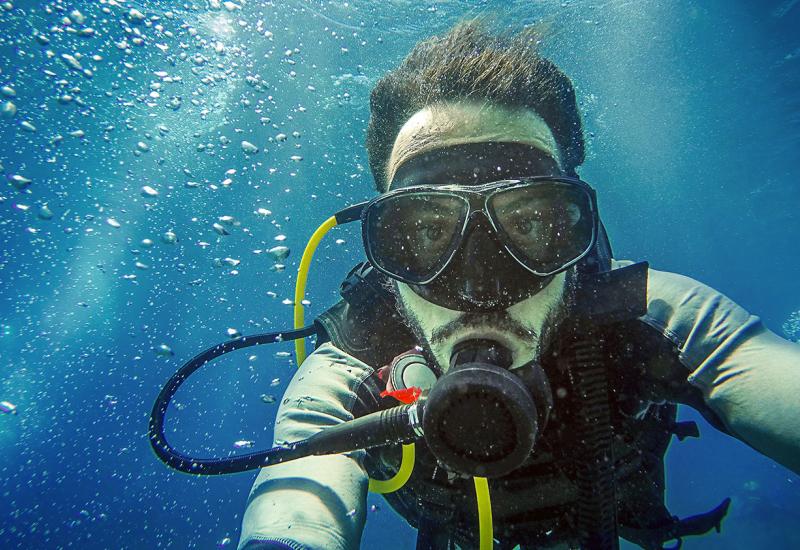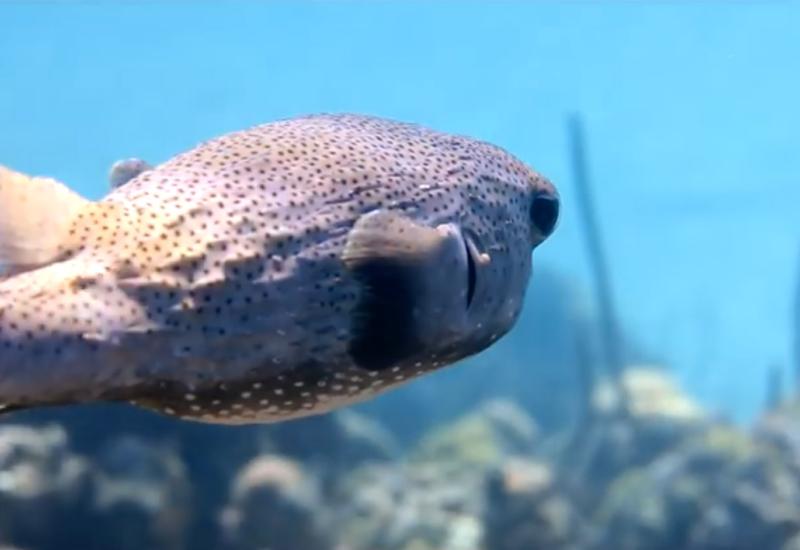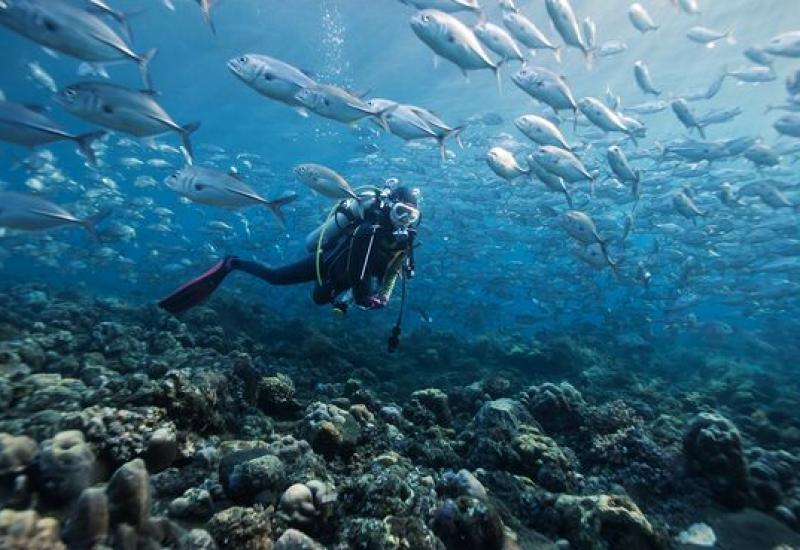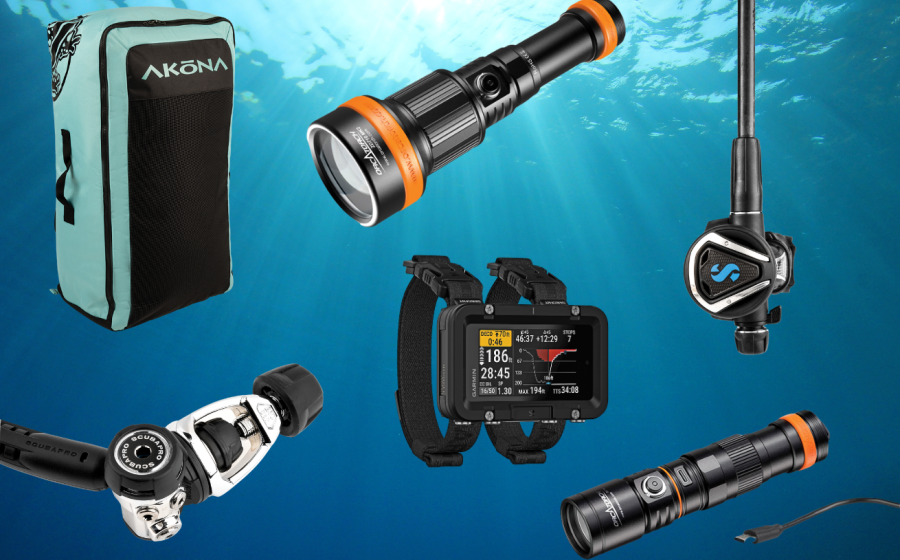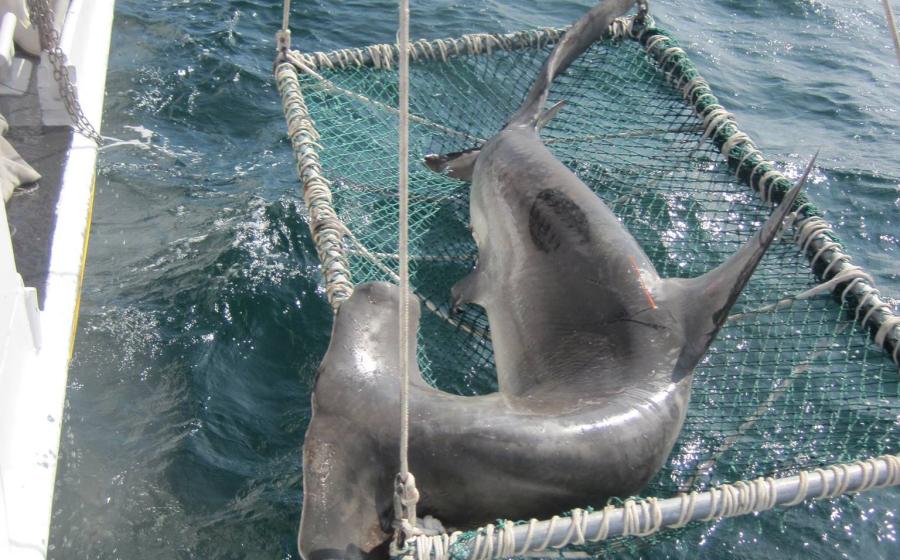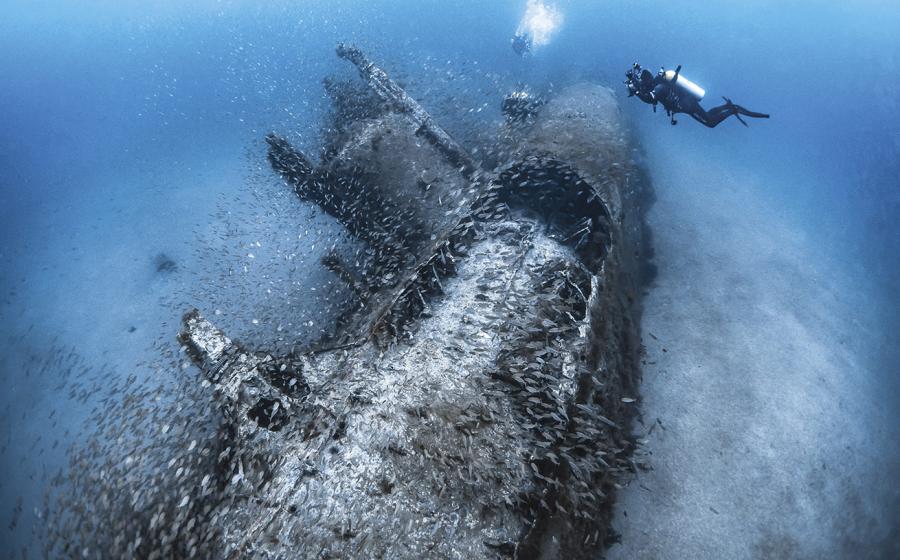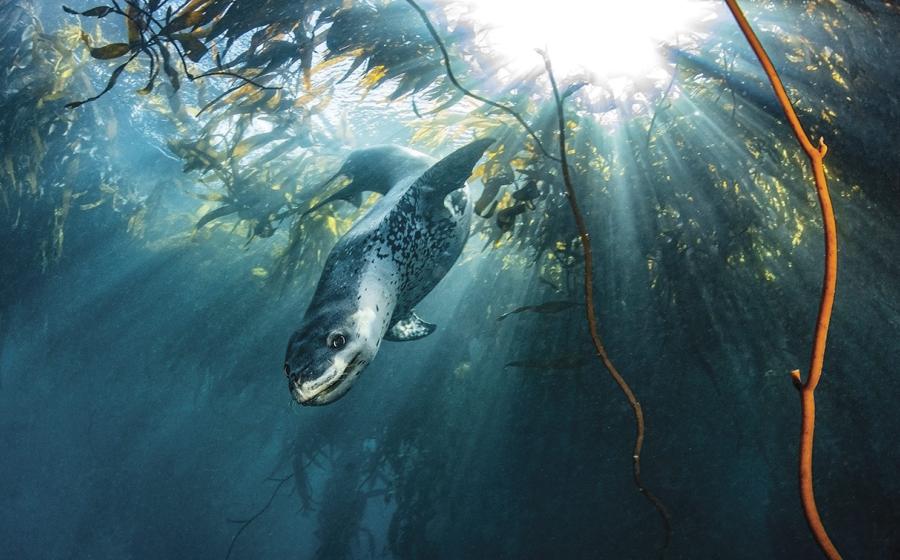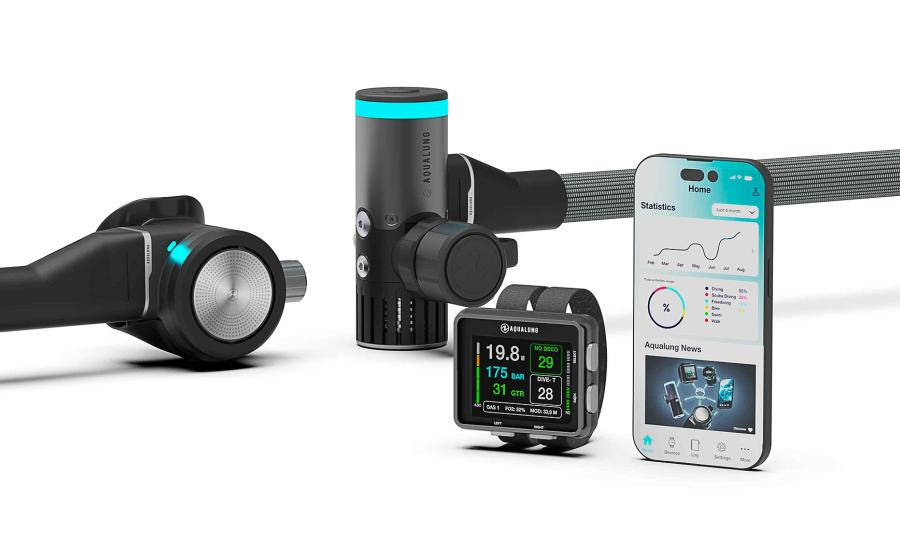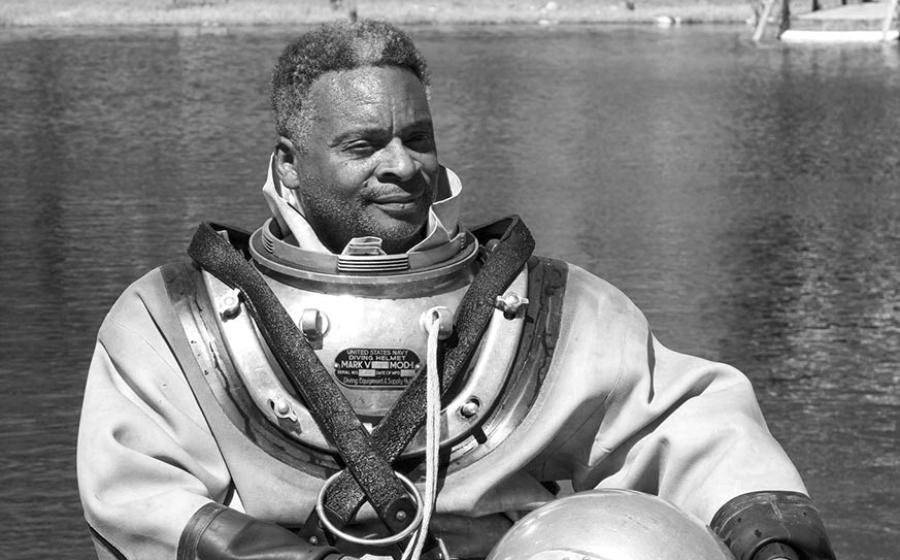Underwater Photography Tips: How to Shoot Big Animals
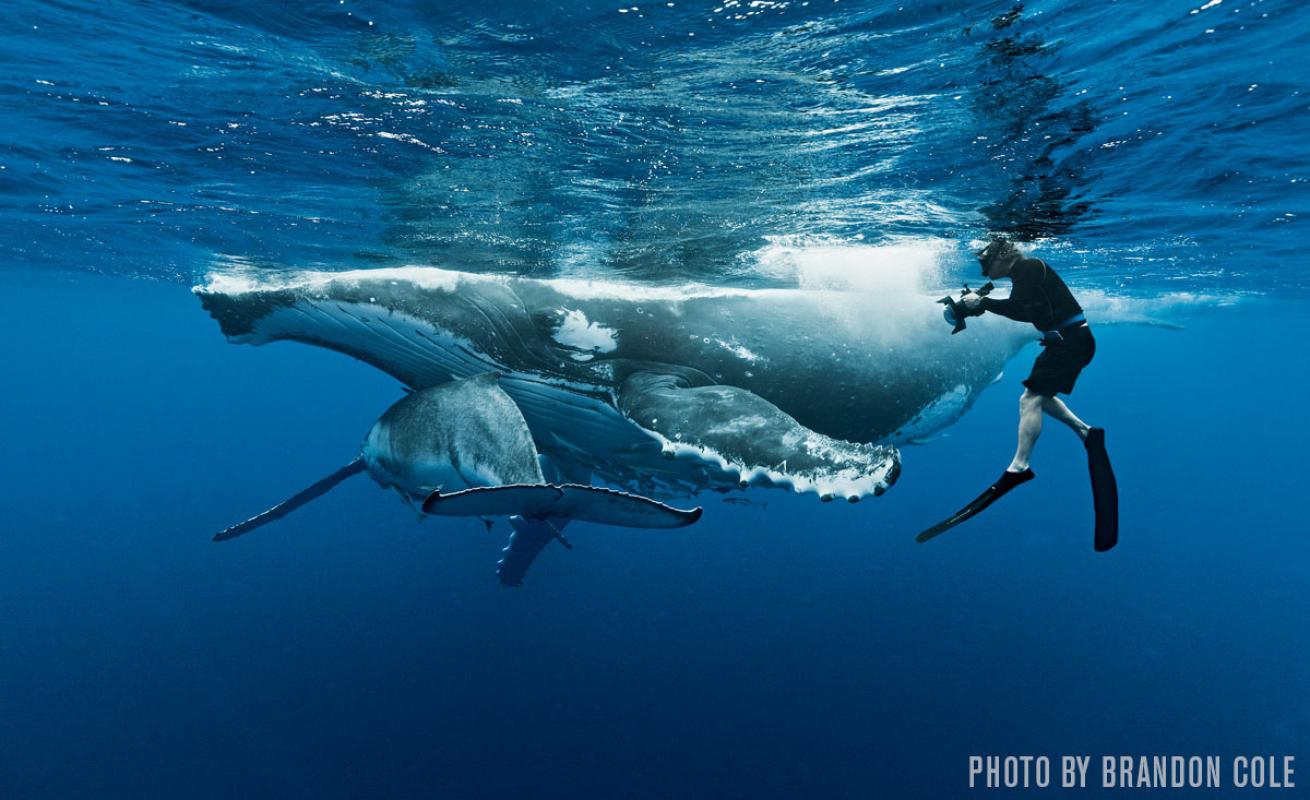
Brandon ColeThe trick to getting an up-close shot of a big animal, like this resting humpback whale with her calf, is to move slowly and remain calm. The animals can sense your energy. It’s key to be prepared with the right camera settings, but it’s also important to take your time and enjoy the moment. CAMERA Canon 1Ds Mark III // LENS Canon 16-35mm f/2.8L II USM // STROBES none // SETTINGS f/10, 1/160 sec, ISO 800 // LOCATION Tonga, Pacific Ocean
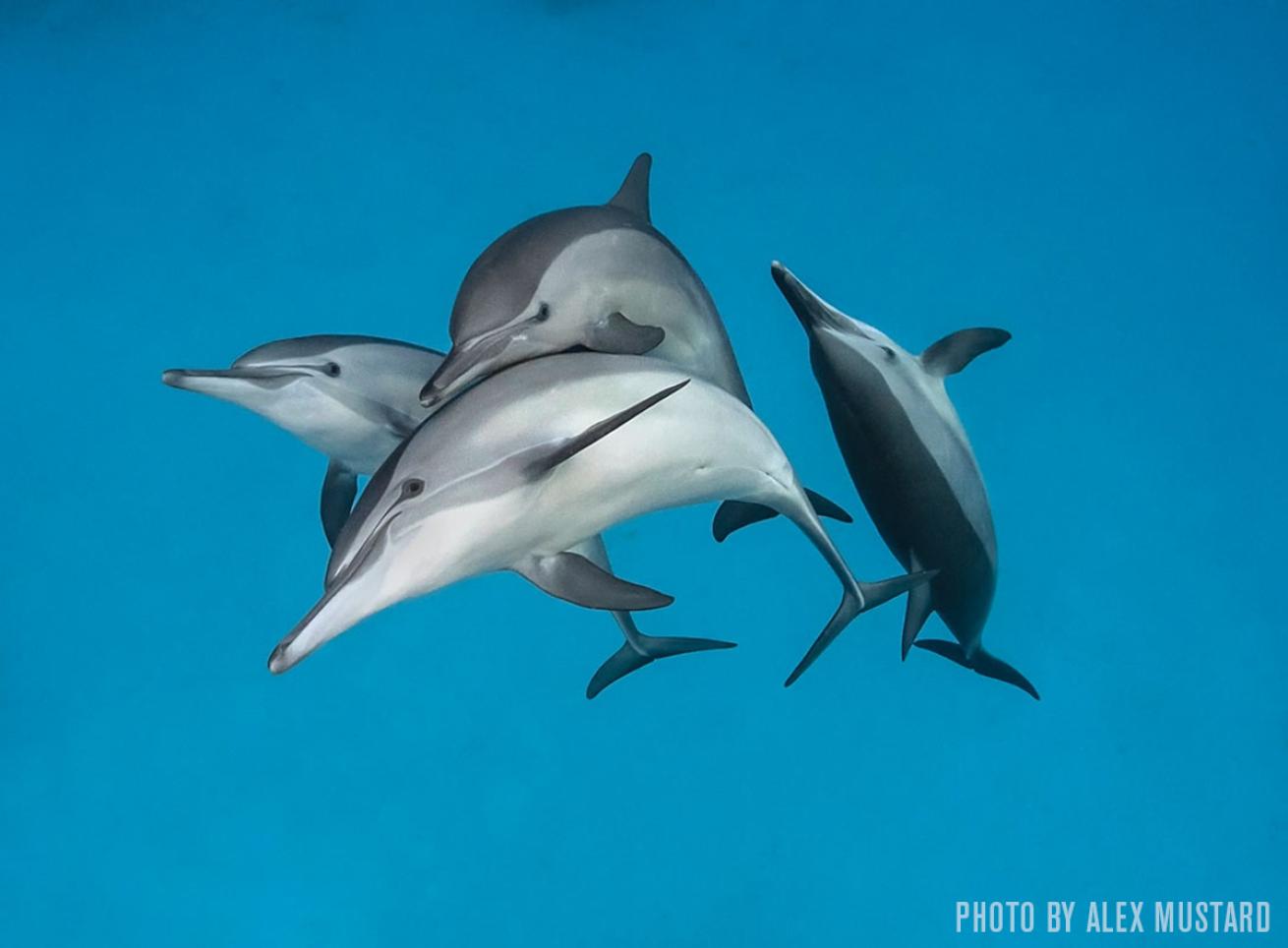
Alex MustardCAMERA Nikon D750, Nauticam housing // LENS Sigma 15mm fisheye // STROBES none // SETTINGS f/6.3, 1/400 sec, ISO 1,800 // LOCATION Fury Shoal, Red Sea
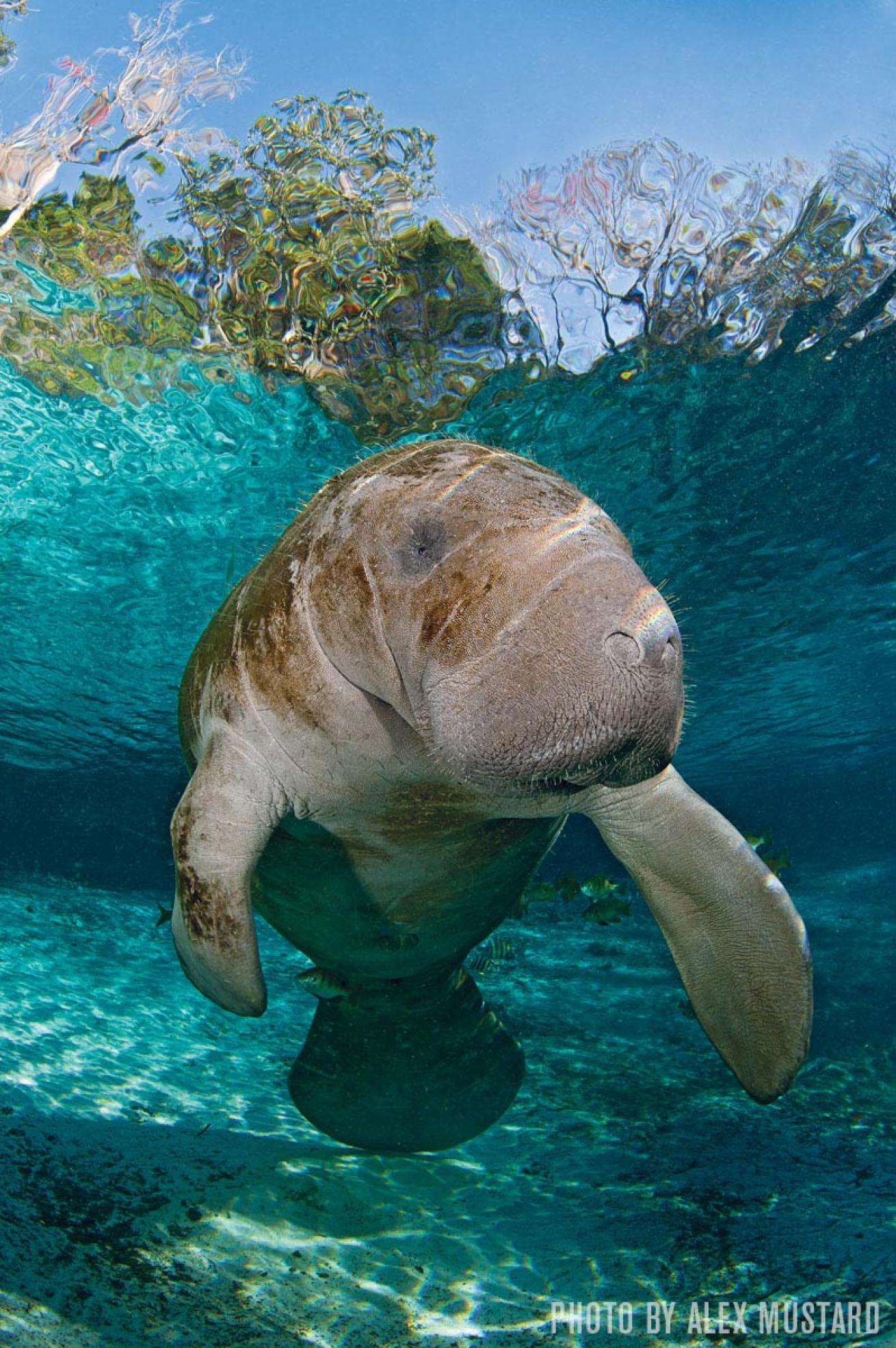
Alex MustardCAMERA Nikon D700, Subal housing // LENS Nikon 16mm fisheye // STROBES Inon Z240 // SETTINGS f/11, 1/100 sec, ISO 200 // LOCATION Crystal River, Florida
Some of the world’s top underwater photographers are praised in the industry not just for their thrilling images but because they captured those images in the middle of blood-pumping animal encounters. The best way to create a truly mind-blowing image is to have a strong mental focus, have the photography basics locked and loaded, and keep a cool, calculating head.
Many of the pros credit their work to preparation. Before you even get in the water, it’s important to start by visualizing the shot so you can figure out which photography techniques will need to be executed. Then, when the critical moment strikes, you’ll already have the basics covered. This preplanned discipline will give you the freedom to focus on the composition of the image instead of the logistics.
Regarding settings, the photography basics are surprisingly simple: point and shoot. Big-animal photography is often referred to as “f/8 and be there,” a helpful reminder that shooting a large creature in available light is actually as straightforward as it gets. By having the option to drop the strobes, you will become more agile to be in the right spot when the peak moment strikes.
Take Time to Think
Big-animal encounters usually are preceded by plenty of boat time. Be sure to make the most of that time by taking a quiet moment to review your approach. It’s also a good idea to make a checklist of what you will do once you enter the water: Wipe the bubbles from the dome, set the focus on your fin and shoot the blue to check your background exposures.
Lose the Strobes
Most big-animal encounters happen at the surface, so you’re much better off using a snorkel. The images on this and the opposite page were taken with a snorkel. Shedding dive gear will also make you more mobile in the water. A standard tactic is to overtake the subject from the boat, slide into the water ahead, swim into position and wait for a pass. It’s a good idea to pare down the camera gear too. At the surface, there is rarely a need for strobes, not to mention they are usually not allowed on big-animal encounters.
Up Your Shutter Speed
Many big animals move slowly, but dolphins and sea lions are the exception. Dolphins are so quick that you’ll need to use a faster shutter speed than normal. Photos of dolphins can look stunning on the camera, but time and again I see photographers end up disappointed because they are out of focus. If you can’t capture a fast-moving creature with strobes, consider a shutter speed of 1/320 sec as an absolute minimum. For dolphins, it’s usually ideal to be at 1/500 sec or higher.
In open water, you can also try opening up the aperture and compensating by bumping up the ISO. In scenic photography, this would produce soft corners on an image, but in open water, with only blue in the corners, this is not significant.
Learn from the Locals
Detailed knowledge of the species you want to photograph is invaluable. This means not only doing your research but also finding a good operator who understands the local animals in the area. The locals are the experts; listen to their advice and follow it to the letter.
With the exception of dolphins, the less you move, the closer the animals will get. Dolphins usually favor the person who swims fast and dives or spirals down through the water. Some operators even recommend wearing bright colors. No matter what the experience, the most important thing to remember is to listen to the experts and make your encounter last as long as possible. This not only will give you the best opportunities for a great shot, but you’ll have more fun while you’re doing it too.
Alex Mustard is a marine biologist who has been a full-time underwater photographer and author since 2004. To view more of his work, visit amustard.com.
Get more underwater photography tips from Alex Mustard:

